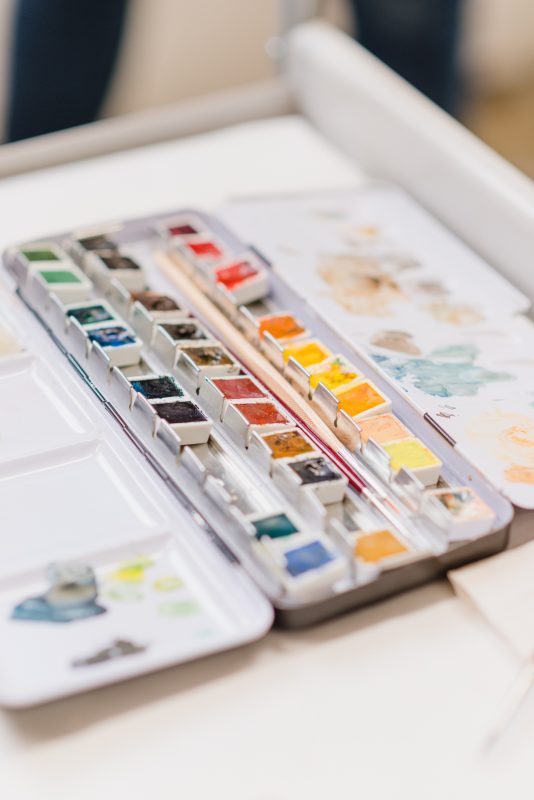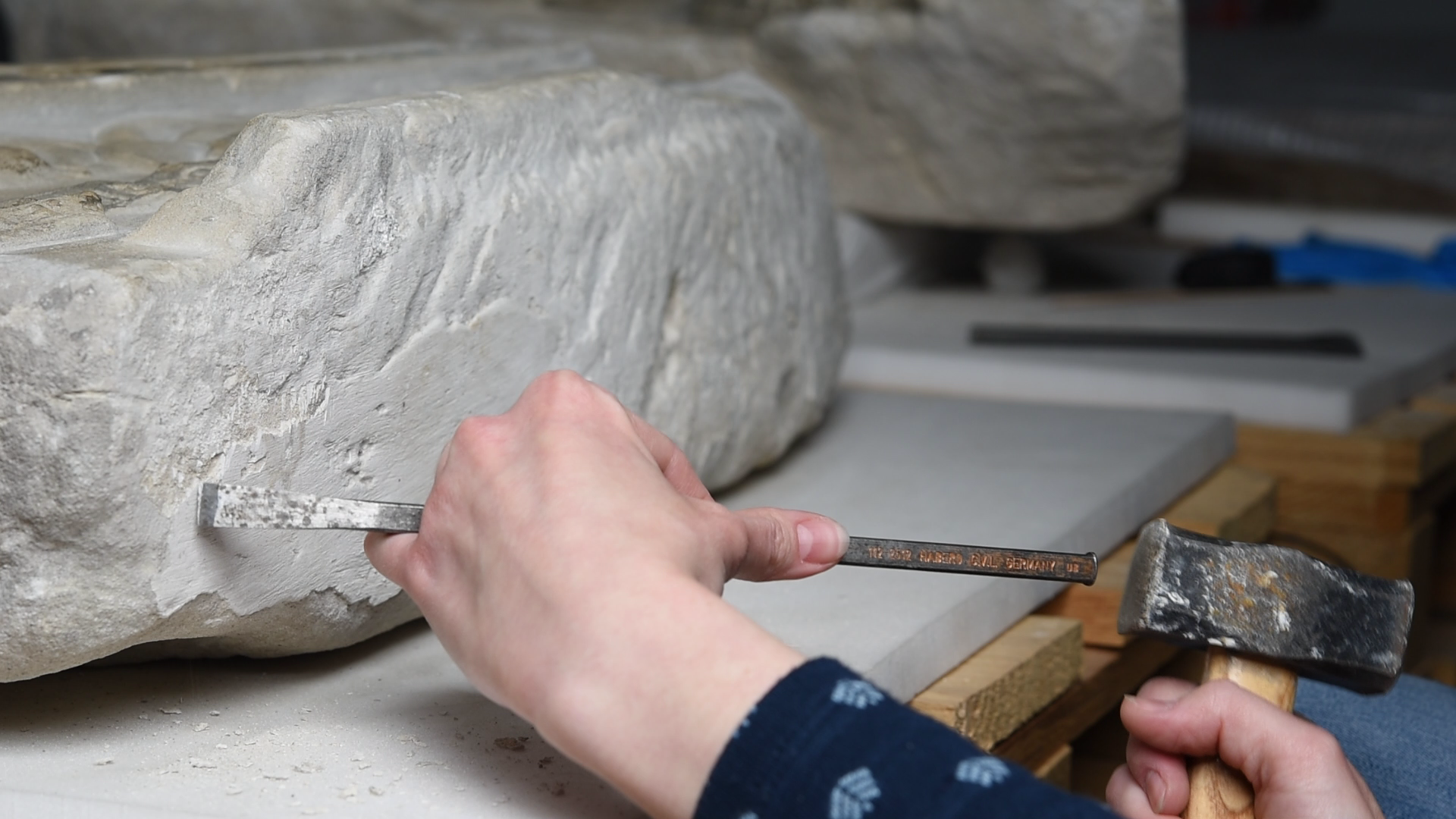Observe conservation-restoration processes in real time. Get as close to the object as the conservator-restorer does.
“The fundamental role of the Conservator-Restorer is the preservation of cultural property for the benefit of present and future generations. The Conservator-Restorer contributes to the understanding of cultural property in respect of its aesthetic and historic significance and its physical integrity.” (ECCO Professional Guidelines)
Conservators-Restorers are responsible for the preservation of mankind‘s tangible cultural heritage and ensure its access for present and future generations.
The practical implementation of conservation-restoration measures is preceded and accompanied by in-depth investigations and studies of the objects; to understand them in their entirety – their materials, their technologies, and art and art historical value. The practice-oriented and hands-on approach is focus of the study programme at the Institute of Conservation.
In the framework of the festival 2020 the Institute provides insights in its working environment: be part of it and experience conservation-restoration at first hand.
A look over the shoulder … of an object conservator.
Object: leather fragments of shoes from an excavation in the first Viennese district, Werdertorgasse 6
Material/Technique: leather
Dating: c. 1520
Authority: Museen der Stadt Wien-Stadtarchäologie
Measure: Moistening and Packing – Storage before conservation-restoration
The archaeological findings were excavated in wet condition. Until their treatment they have to be stored in a cool and humid condition. If they dry out uncontrolled, damage such as deformations and cracks or mould growth have to be expected. The leather fragments are thus stored in the fridge and are regularly unpacked and re-wrapped in a moist cloth and plastic foil. This kind of storage complies with climatic conditions under earth.
A look over the shoulder … of a stone conservator.
Object: Gravestone of the family Zeller by artist Hans Frosch, former hospital cemetery in Innsbruck
Material/Technique: Mittenwalder sandstone, polychromy
Dating: 1520
Owner: Tiroler Landesmuseum Ferdinandeum, Innsbruck
Measure: Uncovering
On the stone surface is a thin layer of gypsum mortar. It was probably applied in the course of the relocation or installation of the gravestone. The secondary mortar is removed mechanically with chisel and hammer, the original surface is uncovered.
A look over the shoulder … of a painting conservator.
Object: Painting „Triumph der Ewigkeit“
Material/Technique: resin-oil on canvas
Dating: 18th century (?)
Owner: Stift Zwettl
Measure: retouching
The retouching aims to integrate the loss in colour and adjust it to the surrounding area. Thus, readability is improved and restored.





